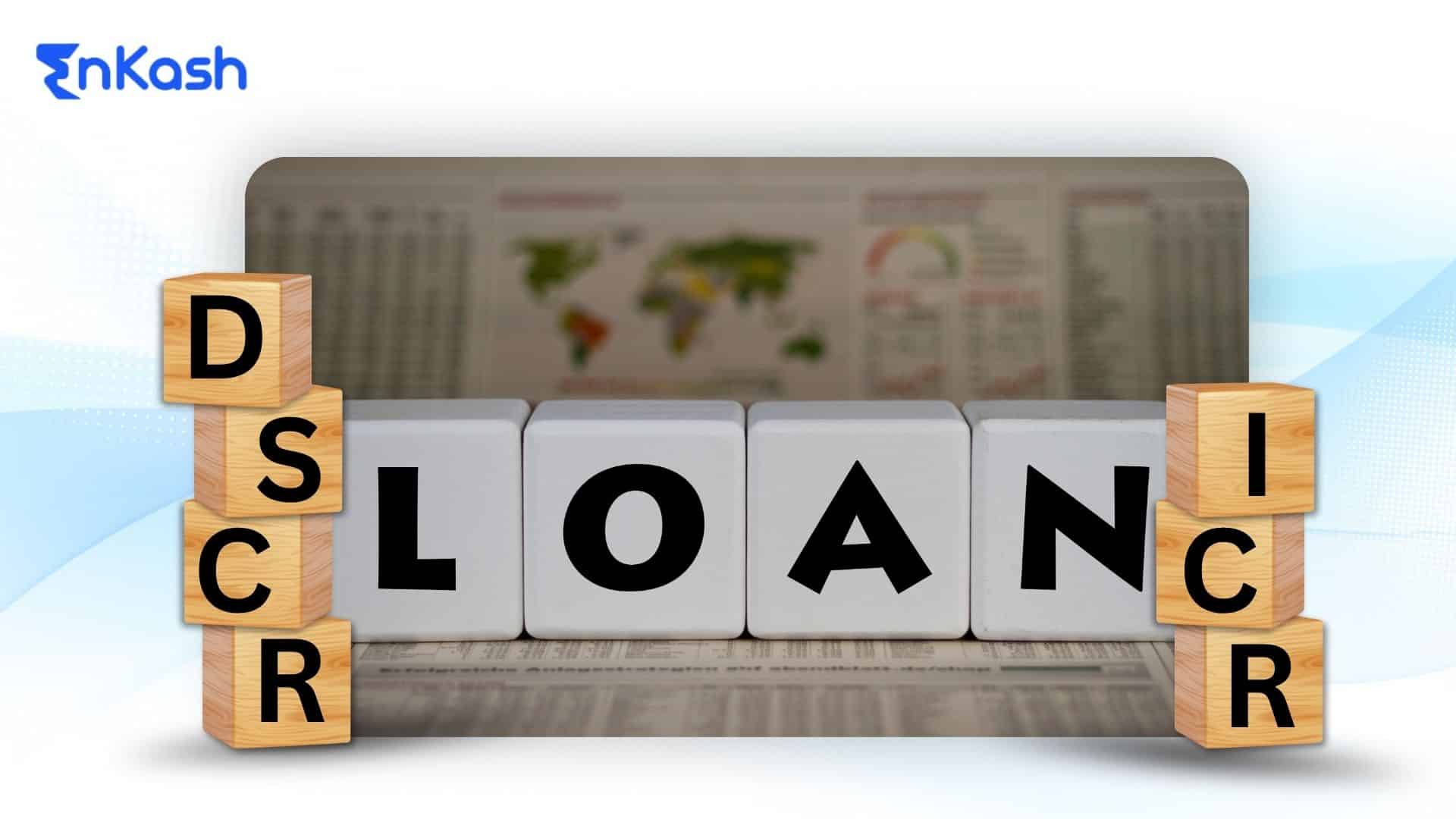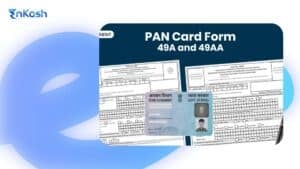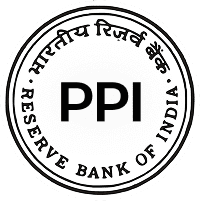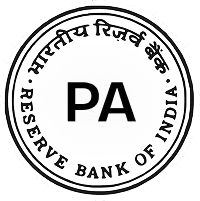Running a business means constantly juggling between operations, finances, and future plans, often with limited time and resources. At some point, many businesses also need extra funds. It could be for a new machine, working capital, expansion, or simply managing a slow season.
When businesses apply for a loan, banks don’t just look at profit or sales. They go deeper. They check whether the business can actually repay what it borrows, not just in theory, but month after month, EMI after EMI.
That’s where two numbers matter a lot: DSCR and ICR.
DSCR, or Debt Service Coverage Ratio, shows whether a business generates sufficient cash flow to cover its debt obligations, including both interest and principal repayments..
ICR, or Interest Coverage Ratio, is about whether the business can comfortably pay just the interest from its earnings.
These numbers help lenders figure out if giving a loan is risky or safe. They play a role in loan amount, interest rate, repayment period, and even how much paperwork is required. Sometimes, even a good business sees delays in getting a loan approved just because these ratios aren’t strong enough, or no one checked them before applying.
Knowing how DSCR and ICR work makes a real difference. It helps businesses walk into the bank better prepared and talk about their numbers with more confidence.
What is DSCR?
Most business owners come across DSCR for the first time when a lender brings it up during a loan discussion. It’s not something people track daily, like sales or cash flow,but it carries significant weight in financial decisions.
DSCR stands for Debt Service Coverage Ratio. It’s just a way to check if the business is making enough money to pay off what it owes, mainly loan EMIs, including both interest and principal.
It’s not about profit alone. A business might look profitable on paper but still struggle to pay EMIs if cash is stuck in receivables or if expenses keep piling up. DSCR looks at actual income from operations and compares it to total debt payments. That’s the essence of it.
If the number comes out above 1, it usually means the business is earning more than what it needs to repay. If it’s below 1, it suggests the business doesn’t generate enough income to meet its debt obligations. That’s where lenders start worrying, because it shows there isn’t enough cushion.
And this number isn’t just for banks. Business owners can use it too to check where they stand before asking for a loan, or even just to see if the business is taking on more debt than it can manage comfortably.
Read More: Cost Control
How is DSCR different from ICR?
While ICR only considers interest, DSCR includes both the loan principal and interest. So, it gives a fuller picture of whether the business can handle its total loan repayment burden.
- ICR asks: Can I pay just the interest this month?
- DSCR asks: Can I pay the entire EMI (interest + principal) this month?
DSCR is stricter, which is why banks rely more on it for assessing repayment ability, especially for longer-term loans.
DSCR and ICR in Banking: What It Means When You Ask for a Loan
When someone walks into a bank or NBFC asking for a loan, whether it’s for buying machines, adding more staff, or covering delayed payments, the banker isn’t just looking at sales or profit. They’re looking at whether the business can repay without getting stuck. That’s where DSCR comes in.
The full form of DSCR is Debt Service Coverage Ratio, but for lenders, it’s a shortcut. A way to quickly check: Is this business earning enough to handle its loan EMIs, or is it cutting it too close?
In banking, they don’t just look at this number and move on. It affects what kind of loan terms they’ll offer. Like:
- How much loan can the business get
- How long will the repayment period be
- Whether they’ll need extra security or not
- Even what rate of interest they’ll offer
If the DSCR is high, say 1.5 or more, that usually tells the lender there’s breathing space, the business is earning more than it needs to repay.
This is seen as low-risk.
If it’s around 1, then the business is just managing to cover repayments, still okay in some cases, but tight.
If it’s below 1, then banks get cautious. It shows the business may not earn enough to repay fully, and they’ll either reduce the loan amount, ask for more documents, or sometimes say no altogether.
Additionally, under RBI guidelines, banks must follow specific risk assessment processes. DSCR is part of that. Especially for term loans or larger ticket sizes, internal lending policies often mention a minimum DSCR that must be met. Typically, this minimum DSCR ranges from 1.2 to 1.5, depending on the industry and nature of the loan.
While DSCR checks the business’s ability to repay the full EMI (both interest and principal), ICR Interest Coverage Ratio looks only at the interest part. It’s often used in early screening or for loans where interest repayment is the main focus, like overdraft limits or working capital facilities.
ICR = EBIT ÷ Interest Expense
For example, if a business has ₹15 lakh in operating profit and needs to pay ₹3 lakh in interest, its ICR is 5. That’s a good signal; it’s earning five times what it needs to cover interest.
In loan evaluation, lenders may check both:
- ICR shows if the business can at least handle interest
- DSCR shows if it can manage the full EMI
A business with a good ICR but a poor DSCR might still struggle with overall repayments. That’s why DSCR usually takes center stage in longer-term or asset-backed loans.
But both ratios help banks judge the repayment capacity, and together, they often influence the decision, especially for SMEs asking for larger ticket loans or flexible terms.
How to Calculate DSCR and ICR
The DSCR Formula
The formula for DSCR isn’t complicated. Here’s the most commonly used version:
DSCR = EBITDA or Net Operating Income (after operating costs, before debt service) ÷ Total Debt Service. Some lenders also use Cash Accruals depending on the type of loan
Net Operating Income: This is the money a business earns after all regular operating expenses are paid, things like electricity, wages, rent, fuel, maintenance, admin costs, etc. But before any loan repayments are made.
Total Debt Service: This is the total money the business needs to pay in loan EMIs during the year, including both interest and principal.
So, DSCR basically tells you:
Income available for loan repayment ÷ Total loan repayment obligations
Example: Suppose a business earns ₹12 lakhs in a year after covering all regular costs. That’s its Net Operating Income.
It has a loan where it pays ₹6 lakhs a year in EMIs, out of which ₹4 lakhs is principal and ₹2 lakhs is interest.
So, DSCR = ₹12,00,000 ÷ ₹6,00,000 = 2.0
That means the business is earning twice the amount it needs to repay. This is generally seen as very healthy. Now, let’s say the income is only ₹6 lakhs and repayment is still ₹6 lakhs:
DSCR = ₹6,00,000 ÷ ₹6,00,000 = 1.0
Here, the business is just managing. There’s no cushion. Banks may still consider the loan, but it might come with stricter conditions. If the income is only ₹4.5 lakhs and repayment is ₹6 lakhs:
DSCR = ₹4,50,000 ÷ ₹6,00,000 = 0.75
This is a red flag. It means the business doesn’t earn enough to repay, and the loan could get rejected or require restructuring.
Important Note:
In Indian banking, EBITDA is more commonly used than Net Operating Income, especially for MSME and corporate lending. Others may adjust income by adding back depreciation or other non-cash charges. But for most small and mid-size loans, especially under ₹10 crore, the basic formula above is what’s used.
ICR Formula
ICR, or Interest Coverage Ratio, is another number used in financial checks, mostly to see whether a business can easily pay just the interest on its loan.
ICR = EBIT ÷ Interest Expense
Where:
EBIT is Earnings Before Interest and Taxes (also called operating profit)
Interest Expense is the total interest a business has to pay in a year
ICR Example:
A business has:
Operating profit (EBIT): ₹10 lakh
Annual interest: ₹2 lakh
ICR = 10 ÷ 2 = 5
That means the business earns five times what it needs to cover its interest. Most lenders prefer an ICR above 2, especially for unsecured loans or working capital facilities. A high ICR means interest payments won’t be a strain.
But unlike DSCR, ICR doesn’t include the principal portion of loans. That’s why ICR alone is not enough to assess total repayment capacity.
What’s a Good DSCR or ICR in India?
There’s no one-size-fits-all number, but here’s what most Indian lenders look for:
For DSCR:
- Above 2.0: Excellent. Shows strong repayment ability. Banks see this as low risk.
- Between 1.3 to 1.9: Healthy. Still shows a decent cushion between income and EMIs.
- Around 1.0 to 1.2: Borderline. It may still work for small loans, but banks look deeper into cash flow.
- Below 1.0: Caution zone. The business might not be earning enough to repay. Loans might come with extra conditions like more collateral, shorter terms, or smaller amounts.
In such cases, lenders may analyze cash flow trends over multiple quarters or years before making a decision. In such cases, banks may still consider the loan if the business can explain the situation clearly with future cash flow plans.
For ICR:
- Above 3.0: Very good. It means the business can easily pay interest, with room to spare.
- Between 2.0 to 3.0: Acceptable for most loans.
- Below 2.0: Could be seen as risky, especially for interest-heavy loans.
DSCR looks at total repayment (principal + interest), while ICR looks only at interest payments. Both give a slightly different picture, but together they help banks decide how stable and loan-ready the business is.
Gross DSCR vs Net DSCR
Gross DSCR or Net DSCR sounds complicated, but the idea is pretty simple. It’s just two ways of looking at the same situation, one before tax, the other after tax.
1. Gross DSCR
This version uses Earnings Before Tax to calculate the ratio. In most cases, it shows a slightly higher number because taxes haven’t been deducted yet. It’s used when the lender wants to see how much cash the business is generating before the government takes its share.
Formula:
Gross DSCR =Gross DSCR = EBITDA ÷ Total Debt Service Earnings Before Tax (EBT) ÷ Total Debt Service
This is common in project finance or infrastructure lending, where the tax situation might be unclear during early years, or where tax holidays exist.
2. Net DSCR
The calculation is based on Net Profit After Tax. So it’s a bit more conservative and gives a realistic view of what’s left after all legal obligations are cleared, including taxes.
Formula:
Net DSCR = Net Cash Accruals (after tax) ÷ Total Debt Service
Most small and mid-size businesses will use this version while applying for regular loans, especially if their taxes are stable and predictable.
Why the difference matters:
Let’s say a business earns ₹20 lakhs before tax, but pays ₹5 lakhs in taxes. Its actual leftover is ₹15 lakhs. If its debt repayment is ₹10 lakhs:
- Gross DSCR = ₹20L ÷ ₹10L = 2.0
- Net DSCR = ₹15L ÷ ₹10L = 1.5
So, depending on the version used, DSCR may appear stronger or weaker. That’s why some bankers will ask for both to get a full picture.
But for most SMBs, especially under ₹25 crore turnover, Net DSCR is what usually matters most, unless the loan is part of a big capital project.
DSCR Ratio and Business Decisions
DSCR isn’t just something banks care about. For many Indian businesses, especially those trying to grow or stay steady through uncertain times, it can be a simple but powerful internal tool.
Even if no loan is being applied for, DSCR helps answer a basic question:
“Is the business earning enough to handle its existing debt?”
And that matters far beyond loan approvals.
How Indian SMEs can use DSCR for better decisions
1. Planning Expansion
Let’s say a manufacturing unit in Rajkot is thinking of buying an additional machine. The cost is high, and it’ll likely need a fresh loan. Checking the current DSCR before going ahead helps in two ways:
If the DSCR is already tight (say, close to 1), it may be better to delay the expansion or find a cheaper option.
If the DSCR is strong (above 1.5), the business knows it has room to take on more debt without creating future stress.
It serves as a basic financial health check before making a major move.
2. Managing Debt Repayment
Sometimes, business is good, but cash flows are uneven, collections delayed, raw material costs rise unexpectedly, or interest rates change. Tracking DSCR over time (say, quarterly) helps spot when debt may start to pinch.
If the ratio starts slipping, it’s an early signal. Owners can talk to lenders, adjust payment terms, or plan cash flow buffers before the problem grows.
3. Talking to Investors or Partners
Even small businesses today face investor or partnership questions, especially in sectors like D2C, trading, logistics, or agro-processing. Investors might not ask for DSCR directly, but they will want to know if the business is financially stable.
Being able to say “our DSCR is at 1.8, and we’ve maintained that for 3 years” makes the business look serious, informed, and financially conscious, which goes a long way in those conversations.
Read More: Capital Budgeting
Conclusion
For many small and mid-size businesses in India, applying for a loan feels like walking into a room where someone else knows the rules. DSCR is one of those rules. It’s not just a technical ratio. It’s a quiet way lenders judge how well a business is handling its money and whether it’s ready for more responsibility.
A strong DSCR can open doors to better loan terms, faster approvals, and fewer conditions. A weak one can close them or delay things with more paperwork, extra security, or tougher questions. But here’s the thing: DSCR isn’t fixed. It can be worked on, improved, and planned for.
Whether the goal is getting a term loan, pitching to investors, or just doing an internal financial health check, understanding DSCR and ICR gives businesses better control. Not every number needs to be perfect. But every business owner should know where they stand.
The goal isn’t to fear the ratio; it’s to use it to your advantage. Because when a business knows how much it earns, how much it owes, and how those two talk to each other, the financial conversation, with banks or anyone else, starts to shift in its favour.
FAQs
- What is DSCR in simple words?
It shows whether a business is earning enough to repay its loans. If DSCR is 1, the business can just manage its EMIs. If it’s more than 1, it’s in a better position. Less than 1 means it might struggle to pay on time. - What is the ideal DSCR for business loans?
Most banks prefer a DSCR between 1.2 and 1.5. Some lenders may accept 1.1 for smaller or secured loans, but anything below 1 is usually seen as risky. - How is DSCR different from the interest coverage ratio?
DSCR looks at how well a business can pay both interest and loan principal. The interest coverage ratio only checks if the business can pay just the interest. So, DSCR gives a more complete picture of repayment ability. - Can DSCR be negative?
Yes. If a business is making losses or cash flow is very low, DSCR can go below zero. That usually means the business is not generating enough to even cover part of its debt payments. - Why does DSCR matter to Indian banks?
Because it shows whether the borrower can repay on time. Banks don’t just look at profits; they look at whether regular income is enough to handle EMIs. A strong DSCR means lower risk for the lender. - Is DSCR the same for all industries?
No. Some industries work on tight margins and may have lower DSCR in normal times. Others, like services or tech, might show a higher DSCR more easily. Lenders usually consider the business type before deciding what DSCR is acceptable.












